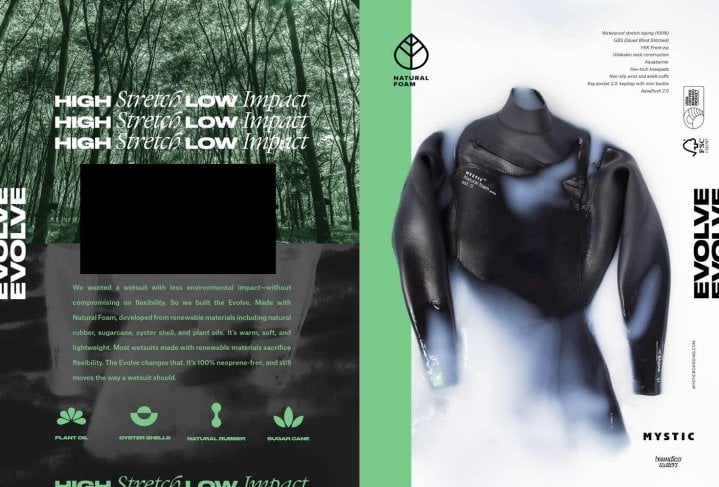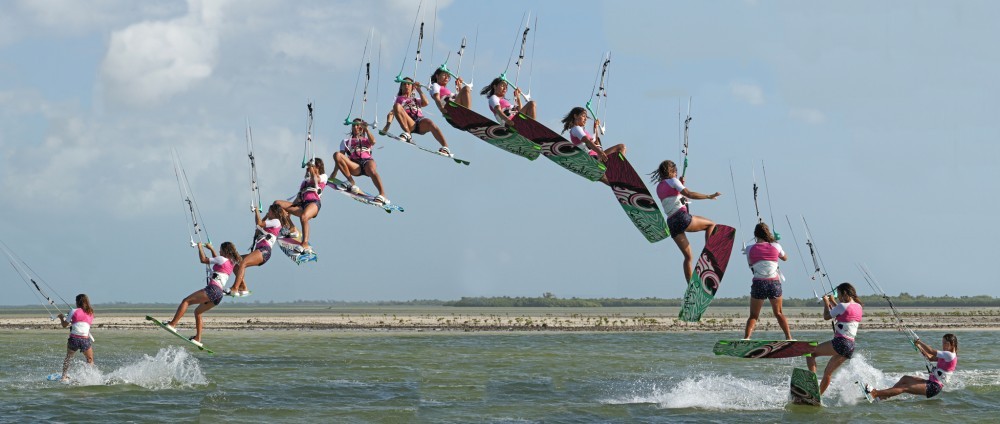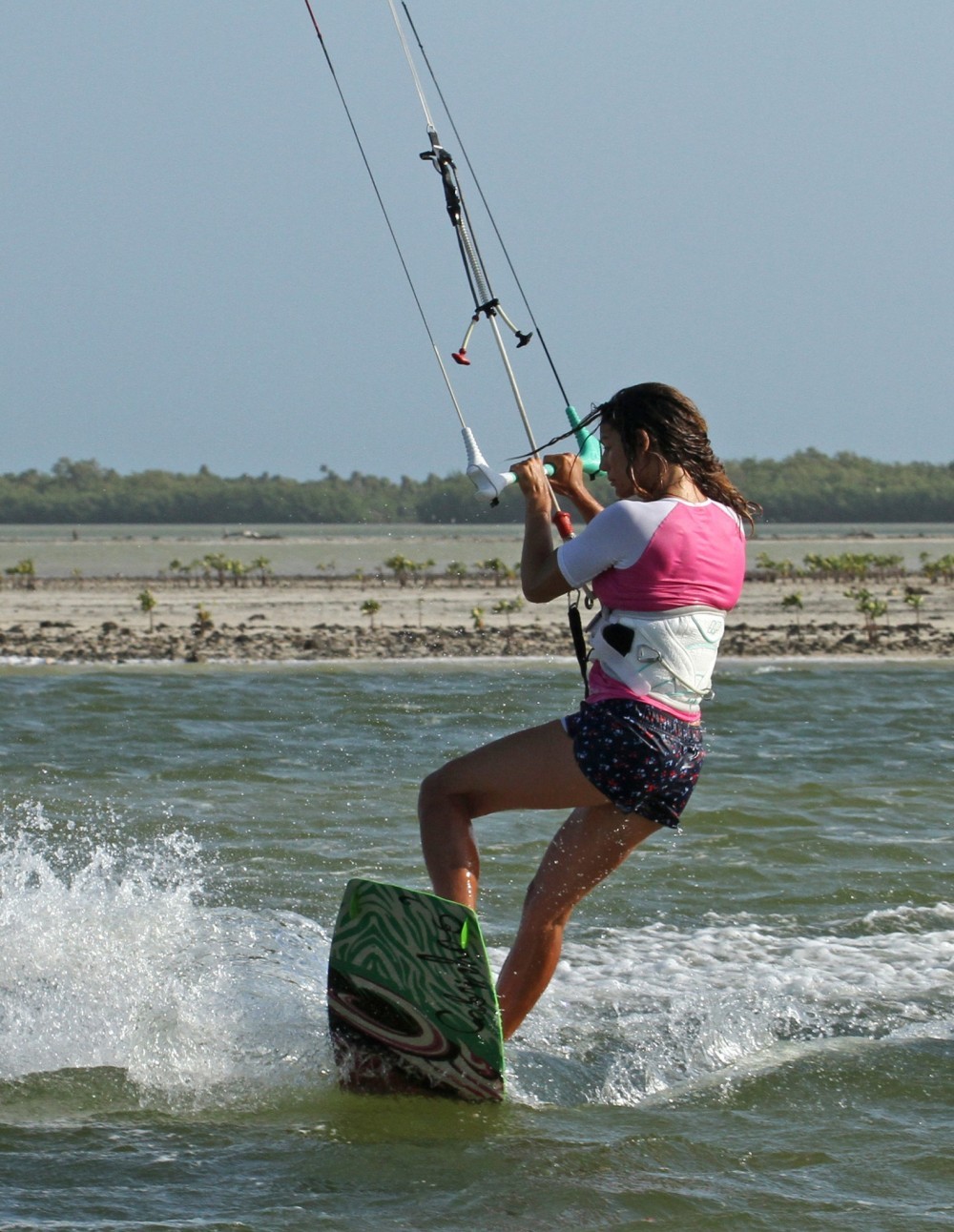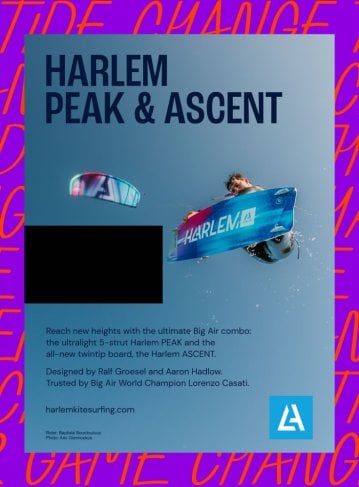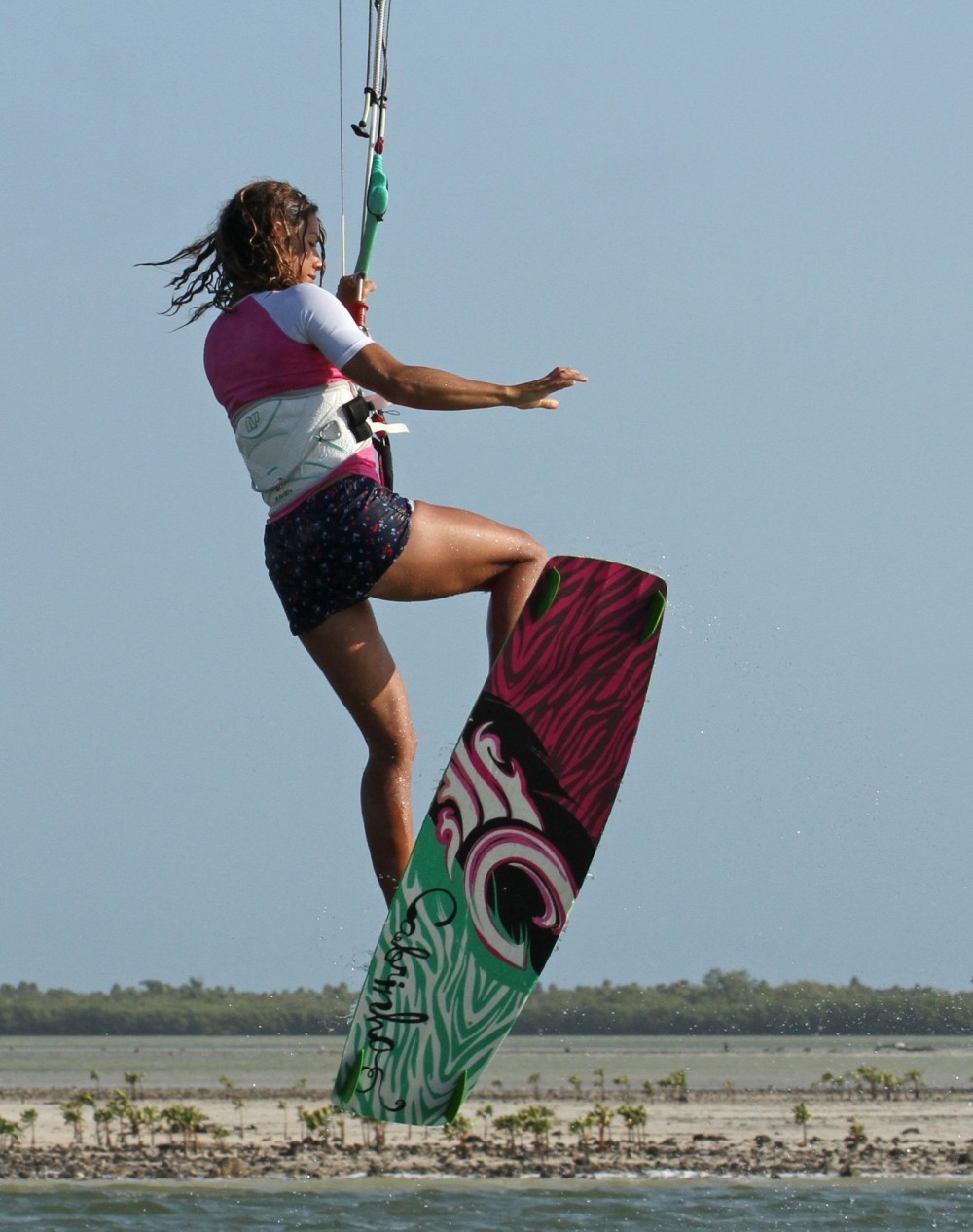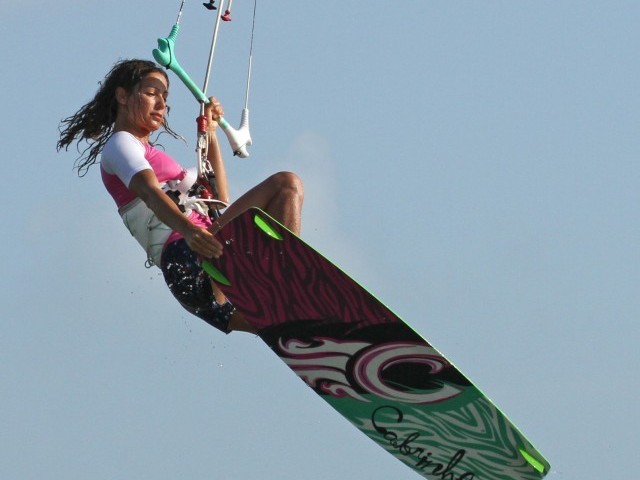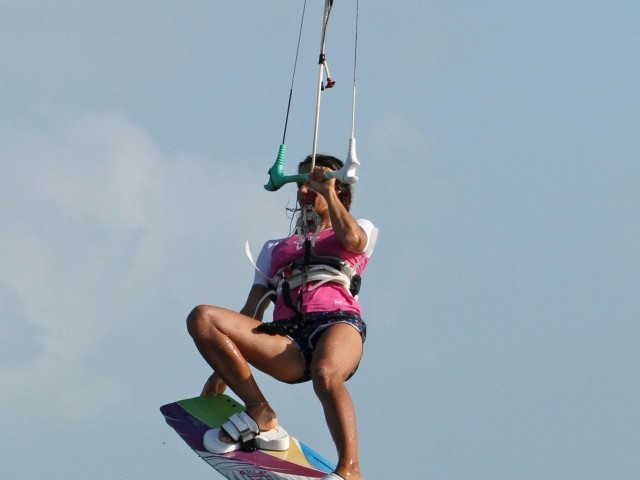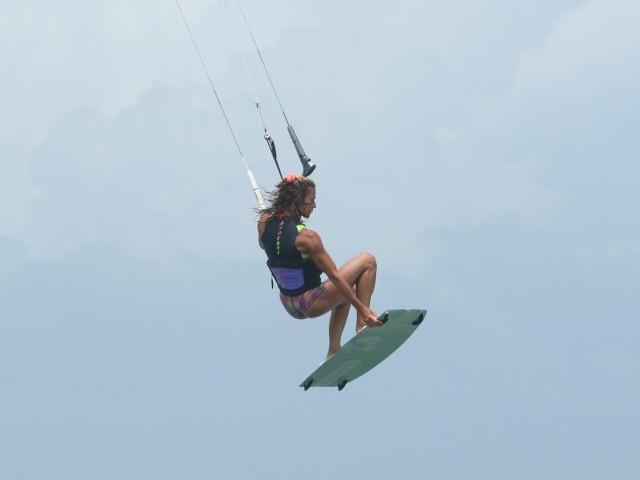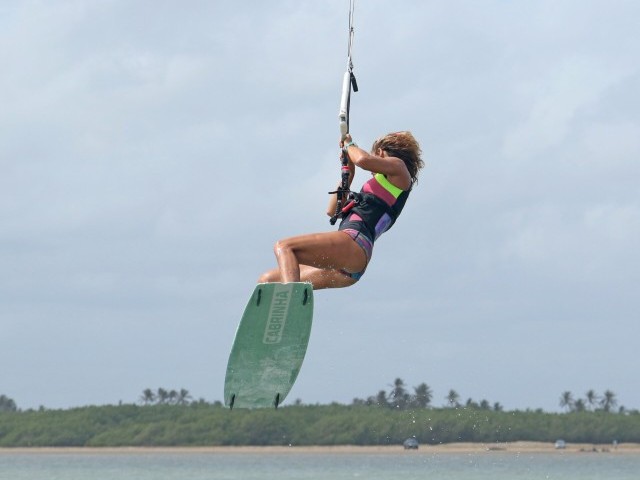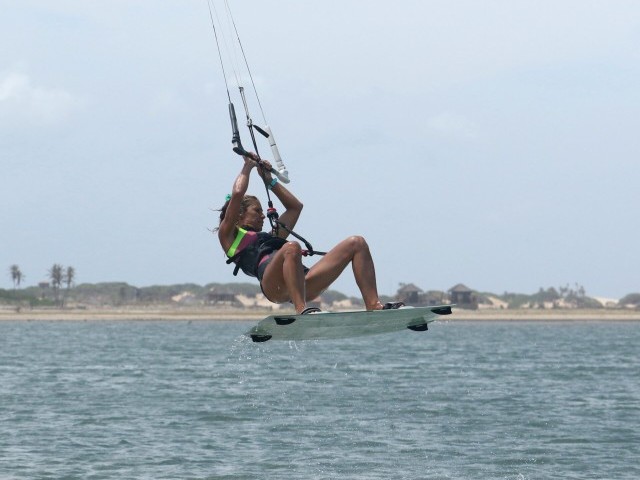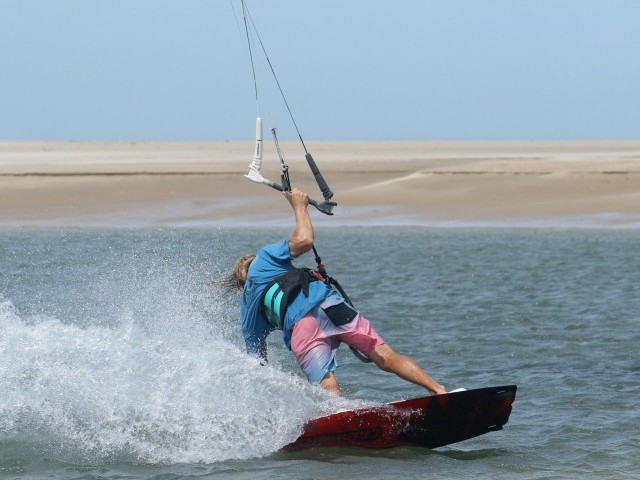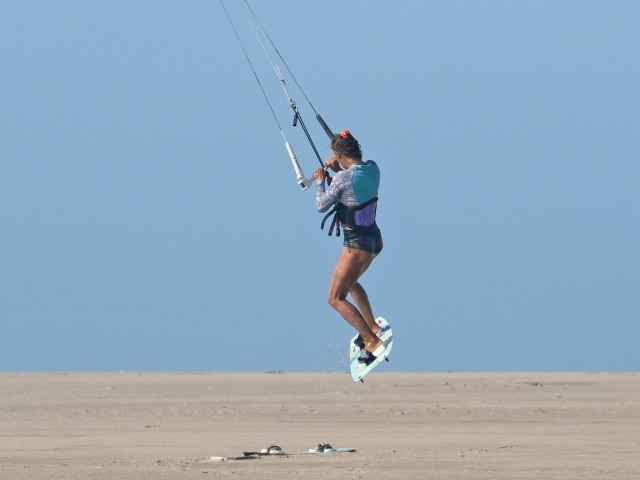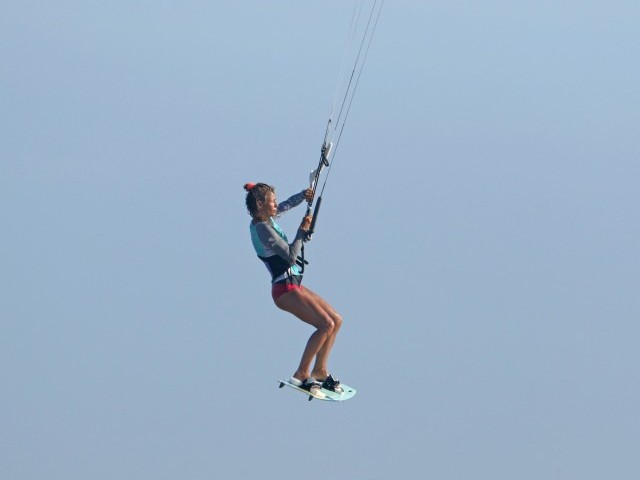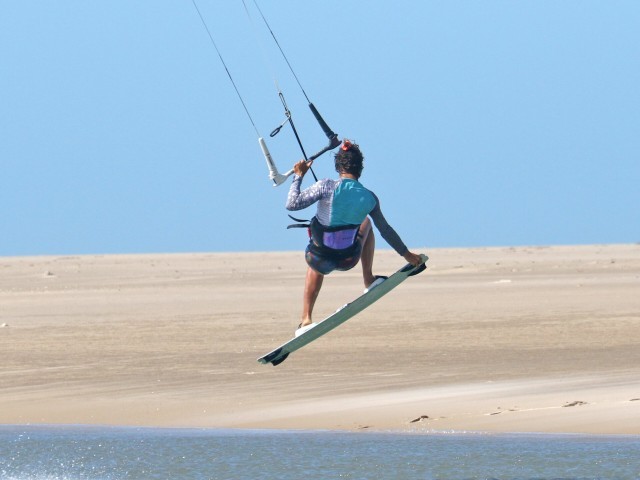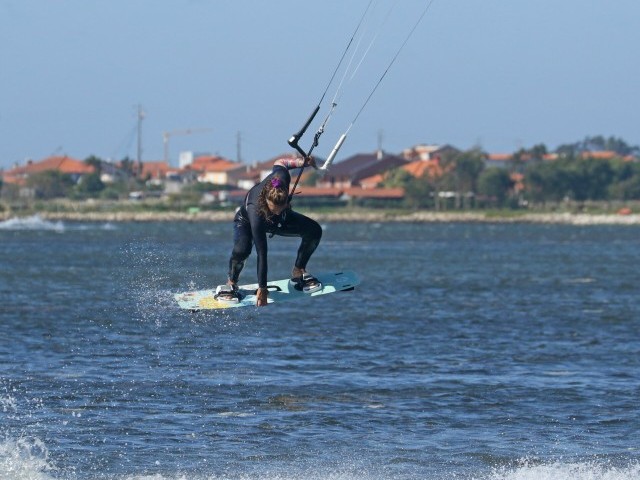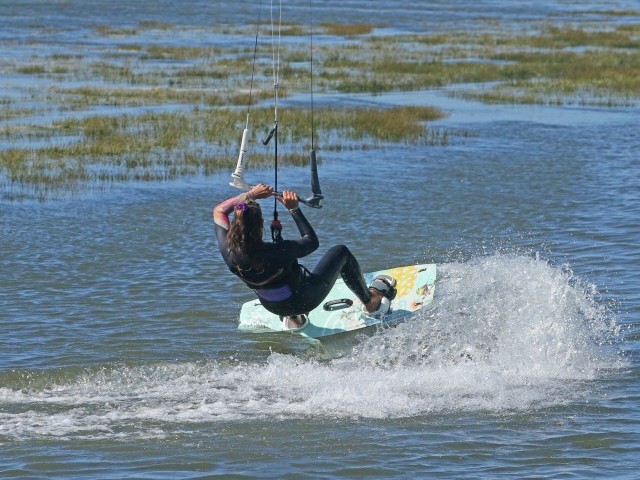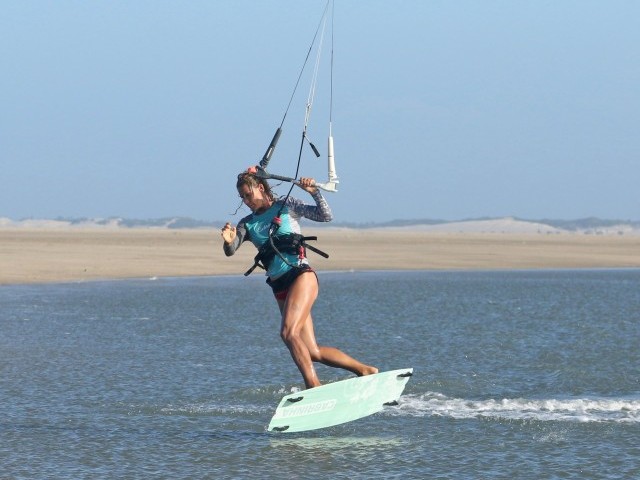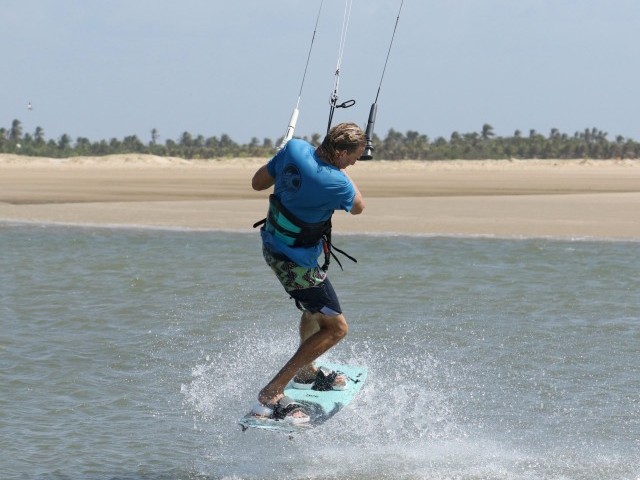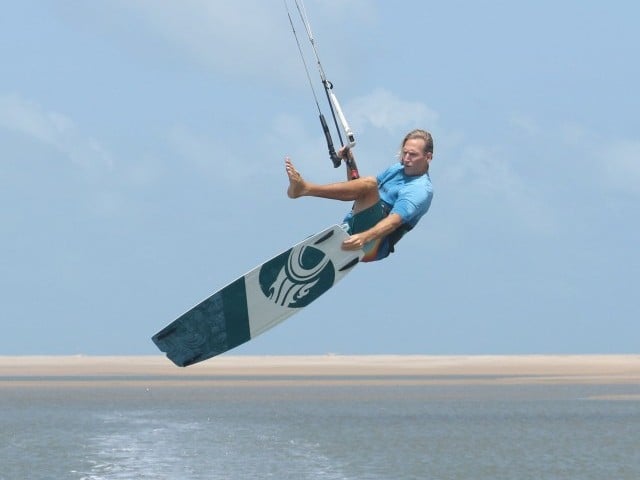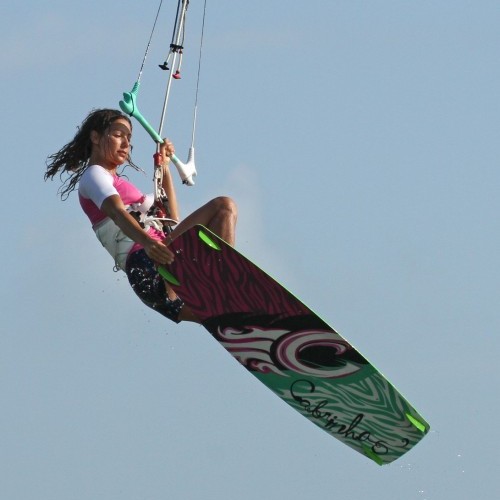
Front Loop Grab
Technique / Intermediate
Introduction
It was recently brought to our attention that we had yet to cover one of the first and potentially simpler of front loop (or front roll) variations - the grabbed sent front loop. We’ve talked you through the inversion, the one foot and all manner of transitions and pops, but this issue we’ll set the record straight and deliver an achievable and yet utterly stylish grab which you can add on to your much loved front loop.
Adding a grab onto any move that you already have in the bag is a matter of both confidence and making sure that you have the basics right, so we’ll have a look at what is needed to secure a comfortable and safe front rotation whilst enabling the back hand to come off the bar and grab the board.
The set up and take off
To learn this, you’ll best keep everything as close to your standard default front as possible, so that you’re adding a grab, not learning a new move. However there are a few points in the set up that you’d do well to follow and we’ll look at Karine as an example. Firstly if you don’t already, you should centre your hands on the bar, so they are resting either side of the centre line. This will stop any unwanted movement of the kite when you grab. With your hands together, sending the kite may seem a little sluggish so be sure to use both hands in a push and pull movement. Secondly don’t be afraid to send the kite as hard as you normally do. If the kite travels past and behind 12 o’clock, then pulling and supporting yourself on the bar with your front hand won’t result in an immediate diving of the kite. Thirdly do trim the bar at least down to half way, as this way you are less likely to stall the kite on take off and during flight, which hopefully means that you’ll execute an up and down jump rather than flying downwind at speed.
Finally, although you must complete your rotation, it will be easier to grab if you’re not spinning too quickly. So to slow your rotation down just a tad don’t use your head to turn you on take off but rather just your shoulders and the kick off. You can see Karine is still looking forward as she begins to throw her shoulders down towards the nose of the board and stamp away against her back foot edge.
Grab Prep
The secret to getting a grab in during the short time you have is to go for it early. Looking at the picture you can see that Karine is wasting no time in releasing her back hand and lifting the back of the board up towards her as soon as she takes off. You can also see that Karine is looking towards the tail of the board where she intends to grab it, so she can aim her hand at the target and bring hand and board together. This would not be possible if she had thrown her head around to look over her back shoulder in order to get the rotation. Having released her back hand so early she can already pull on her front hand a little bit, so long as she did send the kite back past 12 0’clock. In this jump Karine is aiming for a boned out grab, hence she just lifts her back leg, but you’re quite welcome to lift both knees if it feels more stable.
The Grab
The moment of truth! Your easiest and most reachable options for the grab are either the heel side edge by the fin, or the tail itself. It’s a great idea to practice this on the beach without your kite to find out where is most natural for you. Holding a grab, rather than a little tickle is a good game plan, as you’ll have more balance with both hands occupied, so literally grab the board and pull it towards you. Once again to bone it out you can straighten the front leg by pushing your front foot away from you whilst holding the tail in close. In the picture you can see that Karine is still watching her grab, which keeps her rotation slow, and she has the bar held in, which keeps tension on the lines and the kite under control as it gently moves it above her.
Landing Prep
If you’ve held the grab and controlled your rotation speed from the take off you will need to initiate and prepare for the landing by completing your rotation. The first and most important ingredient is your head. Karine has turned her head to look around towards where she will land. The old adage of where you look is where you’ll go has never been more true. As your head turns your shoulders will follow, and as long as at least one of your knees is held up so will your hips and board. With your body turning towards the expected landing strip you need to maintain tension in the lines so that you have enough float to get around, and as you can see Karine still has her bar pulled in. From this point onwards as you drop slowly down the harder you pull on your front hand, the more the kite will pull you downwind toward a soft landing. Our suggestion here would be to release the grab and get both hands on the bar so that you’re confident with the dive and can then control the power on landing. As you drop the grab, allow you legs to straighten underneath you so that your landing gear is down and that you have a platform to land on. If you keep your knees up, you’ll land with the board in front of you, not underneath you and you’ll be unlikely to smoothly sail off downwind. And if you have boned out the grab remember to lift the front leg slightly as a tail first landing will be a lot more pleasant than a nosedive.
Top Tips
As already mentioned playing with the grab on land, whether rolling around on the beach, your lawn or in the lounge will train you to grab without too much thought. Once you’re on the water start off by throwing down a few front loops without the grab so that you’re feeling confident. Your next step is to go for a quick tap of the board and then finally hold the grab…
Common Problems
If you’re struggling to find the time to grab, your rotation is to fast. Practice some front loops, still using your rear leg to kick off and your shoulders to dip forward but keep your head perpendicular to your shoulders - this should help. Also go for the grab as soon as you take off – if you wait you’ll miss the moment.
If you get pulled off balance in the air towards the direction you are travelling, it’s a result of the kite drifting forwards towards the edge of the window. The kite’s default position in the air should be just a smidgen behind 12 o’clock. Make sure that you send it hard enough that the kite flies back, so that when you release your back hand the front hand doesn’t immediately fly the kite too far forwards. If you’re getting pulled hard forwards you’re likely to be pulling yourself around the rotation with your front hand.
If you’re getting dropped onto your derriere, the kite is too far back, so make an effort to pull a bit more on the front hand, or kick off into your rotation a little bit quicker.
Keystones
- Good edge and positive send
- Kick hard but don’t turn head
- Go for grab early, immediately after take off
- Turn head to complete rotation
- Drop legs and dive to land
Now check out the sequence and videos – good luck!
This technique article was in Issue 39 of IKSURFMAG.
Related
By Christian and Karine
Christian and Karine have been working together as a coaching team, running improver to advanced kitesurfing clinics since 2003.





